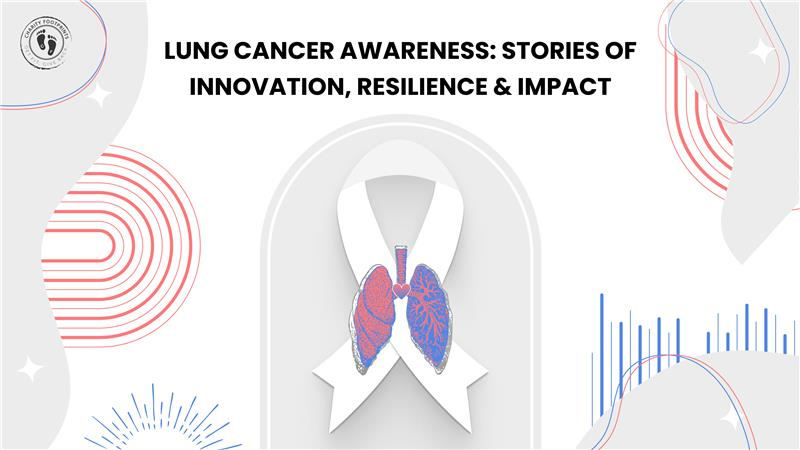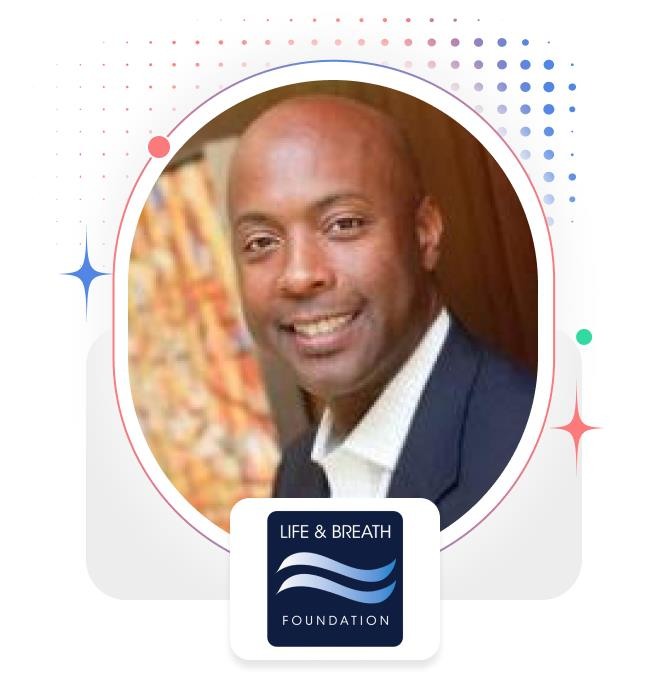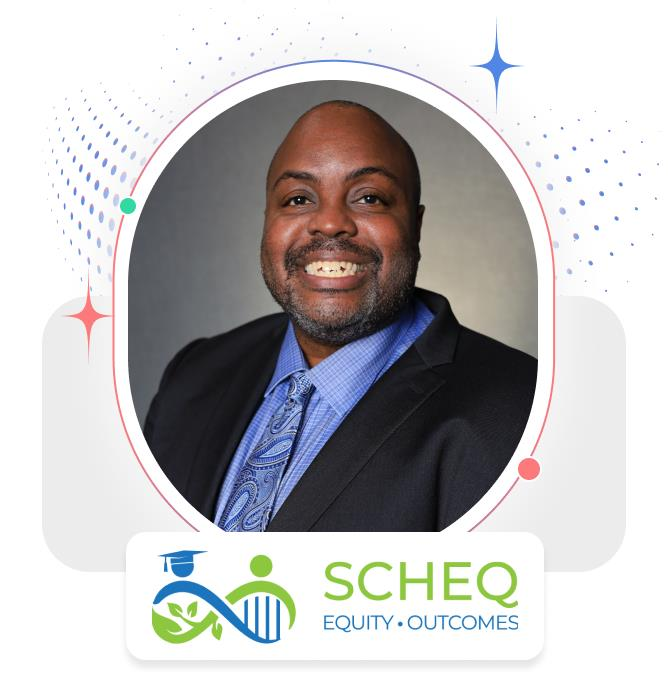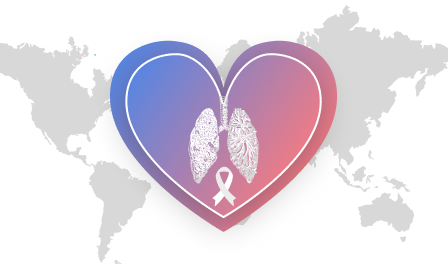
Lung Cancer Awareness: Stories of Innovation, Resilience & Impact
TABLE OF CONTENTS
Introduction
November marks Lung Cancer Awareness Month, a time to spotlight progress, challenges, and extraordinary people across the nonprofit sector dedicated to defeating this disease. Lung cancer remains the leading cause of cancer deaths—its survivorship lagging behind other cancers, largely due to late diagnosis and persistent stigmas. Progress is possible only when advocates, researchers, patients, and the broader nonprofit community come together with purpose. Below, four nonprofit leaders share how their organizations catalyze change and inspire hope, offering practical lessons for any cause-oriented group seeking to raise funds or drive awareness.
Request a Demo
Find out more about our fun, competitive and engaging virtual fitness challenges.
 Get In Touch
Get In Touch
Katie Bodell & Lung Cancer Foundation of America: Funding Transformative Science

Katie Bodell, Development Director for Lung Cancer Foundation of America (LCFA), brings a personal connection and entrepreneurial spirit to her work. Both her father and father-in-law faced lung cancer, fueling her dedication to early-career research funding and patient education. LCFA’s mission centers on transformative science, focusing resources on the most promising research and raising public awareness through nationwide initiatives.
Key initiatives:
- Funding early-career lung cancer researchers
- Patient education via a speaker’s bureau of survivors and advocates
- Building awareness around early detection and clinical trials
- Adapting fundraising strategies amid changing landscapes—shifting toward community-minded approaches and bolstering sponsorships
Katie’s leadership exemplifies a client-centric approach, recognizing that patients, families, and donors all seek trust, clarity, and positive outcomes. Her advice: lean into your organization’s strengths, embrace collaboration, and keep the mission at the center—especially when outside funding wanes.
Learn More - https://lcfamerica.org/
Sean Hull & The Life & Breath Foundation: Advancing Hope for Sarcoidosis Patients

Sean Hull leads the Life & Breath Foundation with a clear mission: to bring visibility, education, and practical support to individuals living with sarcoidosis, a complex and often misunderstood orphan disease. Under his leadership, the Foundation champions patient empowerment—providing web-based education, expert-led monthly webinars, and practical tools such as patient tracking and management resources to help individuals take control of their care. Signature events—including the Take a Breath 5K and Drive for the Cure Golf Outing serve as both awareness drivers and essential funding sources. Sean is candid about the realities of nonprofit fundraising: live events carry meaningful overhead, but the return in community engagement, education, and visibility is incomparable.
Looking ahead, the organization is exploring AI-powered tools, digital health innovations, and peer-to-peer giving platforms to expand reach, deepen impact, and create sustainable pathways for growth.
The Life & Breath Foundation’s story is a model of how focused leadership, patient-centered programs, and creative fundraising can transform outcomes for a community that is too often overlooked.
Learn More - https://www.lifeandbreath.org/
John Matthews & Ride Hard Breathe Easy: Meeting Patients Where They Are

John Matthews shares a candid journey from a 35-year tech career to founding Ride Hard Breathe Easy, a nonprofit supporting lung cancer patients not just medically, but in every dimension of daily life. His story intersects with those of both patients and medical providers, as his organization partners with hospitals to deliver rides, food, and utility support—providing a vital safety net for over 3,000 patients to date. John stresses leadership authenticity, team-building, and aligning volunteer strengths with organizational needs. He acknowledges the difficulties small nonprofits face amidst grant funding reductions and changing philanthropic trends, but emphasizes the ongoing commitment to bridge “what matters” for every stakeholder—patients, volunteers, and the wider advocacy network.
His approach provides clear lessons for nonprofits seeking to pivot and thrive: know yourself, serve your community directly, and remain adaptable as new fundraising and engagement methods emerge—from event-based initiatives to virtual campaigns.
Learn More - https://www.rhbe.org/
Dr. Eugene Manley & STEM and Cancer Health Equity Foundation: Bridging Health Gaps

Dr. Eugene Manley brings a unique lens to lung cancer advocacy: health equity and STEM workforce diversity. His Detroit upbringing, alongside deep experience in biomedical engineering and molecular biology, drives his mission to address the unique barriers facing underrepresented communities affected by lung cancer. Through education, annual summits, webinars, and mentorship, Eugene’s foundation empowers underserved populations—addressing the critical health literacy and clinical trial disparities that persist. His story underscores a key truth: breaking down systemic biases within healthcare and research is essential for equitable outcomes.
Eugene’s advice is practical: foster professional growth among team members, pursue fiscal sponsorship for new nonprofits, and consider peer-to-peer and virtual fundraising (like Charity Footprints’ model) as doable entry points for scaling impact—especially when “traditional” funding is out of reach.
Learn More - https://www.scheq.org/
Statistics Everyone Should Know

- Lung cancer will account for approximately 226,650 new cases in the United States in 2025—about 11% of all new cancer diagnoses.
- More than 124,700 Americans are expected to die from lung cancer in 2025, making up roughly 20% of all cancer deaths. That’s more lives lost each year than breast, prostate, and colon cancers combined.
- The five-year survival rate for lung cancer nationally is now 29.7%, a 26% improvement over the last five years. However, survival is highly dependent on how early the cancer is found—localized lung cancers have a 64.7% five-year survival rate, but only 23% of cases are detected at this early stage.
- Low-dose CT screening can detect lung cancer early, but just 18% of eligible high-risk adults receive this potentially life-saving screening each year.
- There are about 655,000 people in the U.S. today who have been diagnosed with lung cancer at some point in their lives.
These numbers reinforce the ongoing need for sustained awareness, research advancements, and equitable access to early detection and support services for all communities affected by lung cancer.
Breakthroughs and Lessons for Nonprofits: Fundraising, Storytelling & Virtual Campaigns
The shared experiences above point to recurring themes every nonprofit—and nonprofit leader—should heed:
- Education is Empowerment. Whether battling sarcoidosis or lung cancer, providing clear, actionable education to patients and providers improves outcomes, destigmatizes disease, and powers advocacy at every level.
- Storytelling Drives Action. Individual and organizational stories—like Katie’s family loss, Saul’s tech optimism, John’s patient-first ethos, and Eugene’s equity focus—move both donors and communities. Use patient stories in campaigns, event marketing, and digital outreach.
- Hybrid & Virtual Fundraising Works. Both virtual races and hybrid events lower barriers and expand participation, especially when live event costs or health risks are high. Peer-to-peer models provide enduring value, allowing passionate supporters to raise funds within their networks.
- Adaptability Wins. Shifting funding environments require agility. When government or grant funding falters, reach out to new sponsors, try new event models, or pilot digital-first approaches.
- Collaboration Expands Reach. Partnerships—between nonprofits, with the tech sector, or alongside corporate sponsors—maximize your resources and audience. Leverage platforms and expertise beyond your organization for greater reach.
For those searching “how to effectively fundraise for nonprofits” or “virtual race fundraising for nonprofits,” take a page from the leaders above: understand your audience, combine innovation with authenticity, and invest in the tools and platforms that amplify participation and fundraising potential.
Closing

The future for lung cancer research, patient support, and advocacy is bright—driven by leaders dedicated not just to scientific progress, but to real impact for every patient and family. Their stories reinforce what’s possible when focus, compassion, and innovation intersect.
Ready to leave your footprints?
Talk to the team that has helped 1,200+ organizations such as yours run amazing virtual & hybrid races.